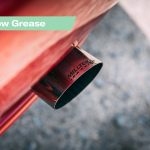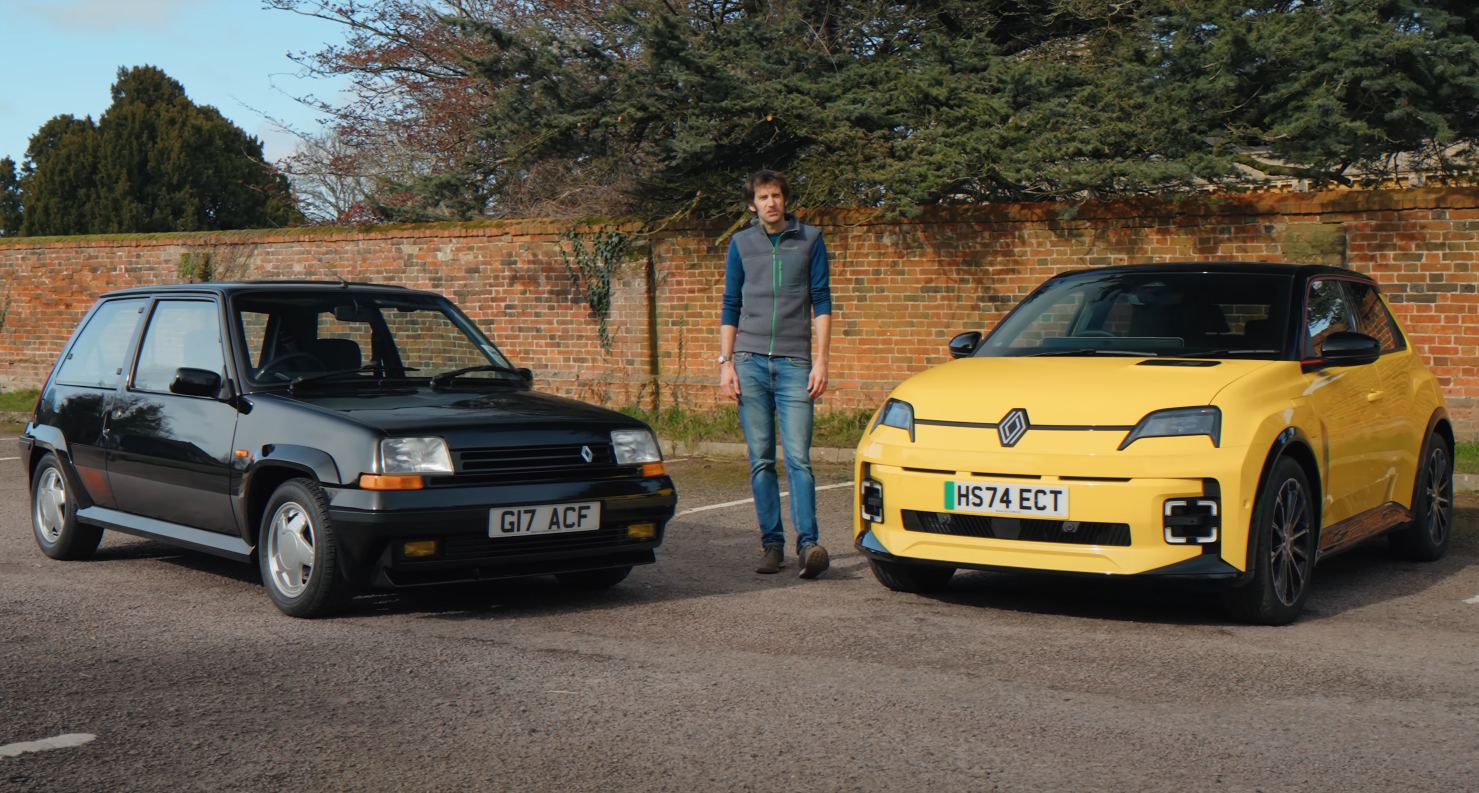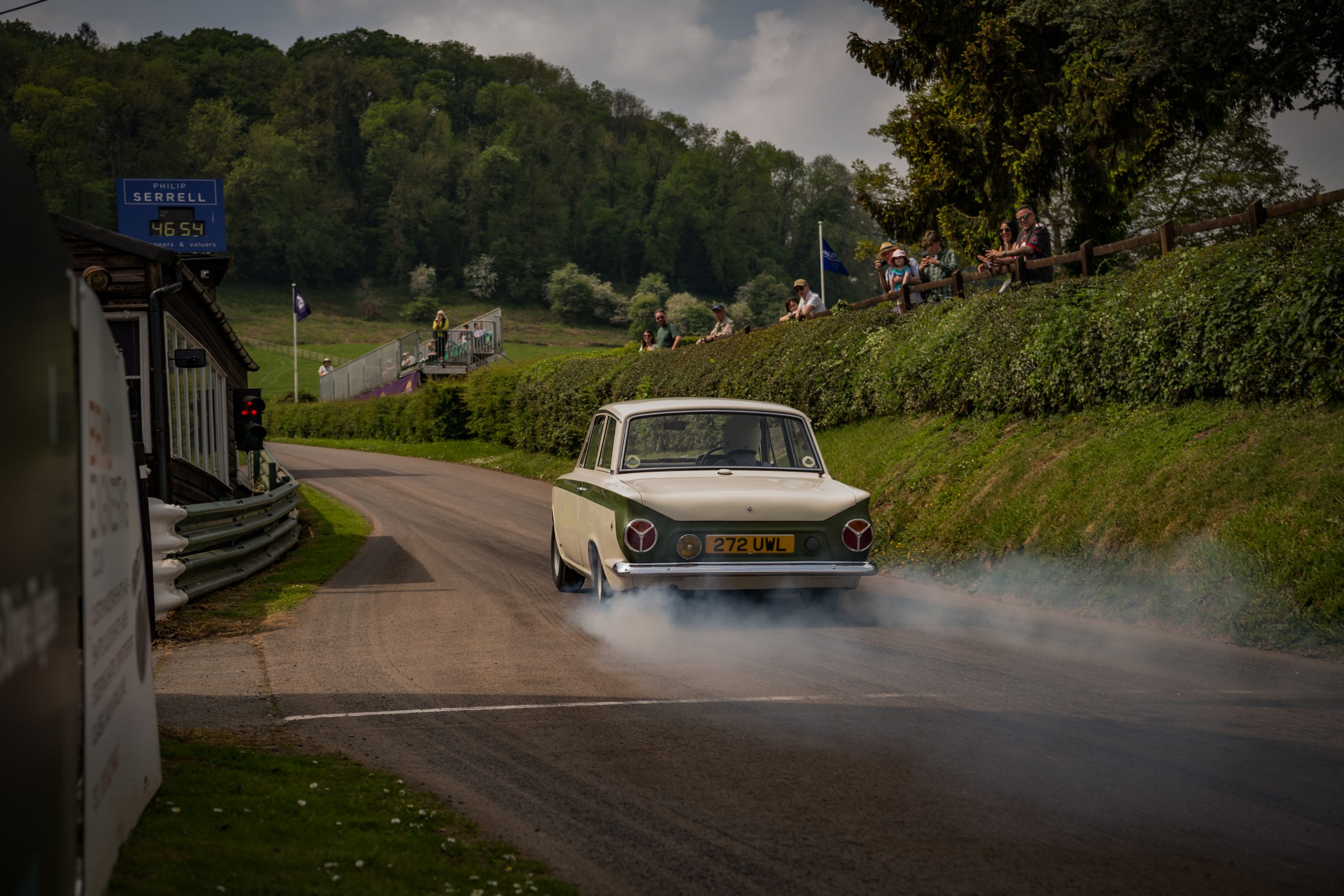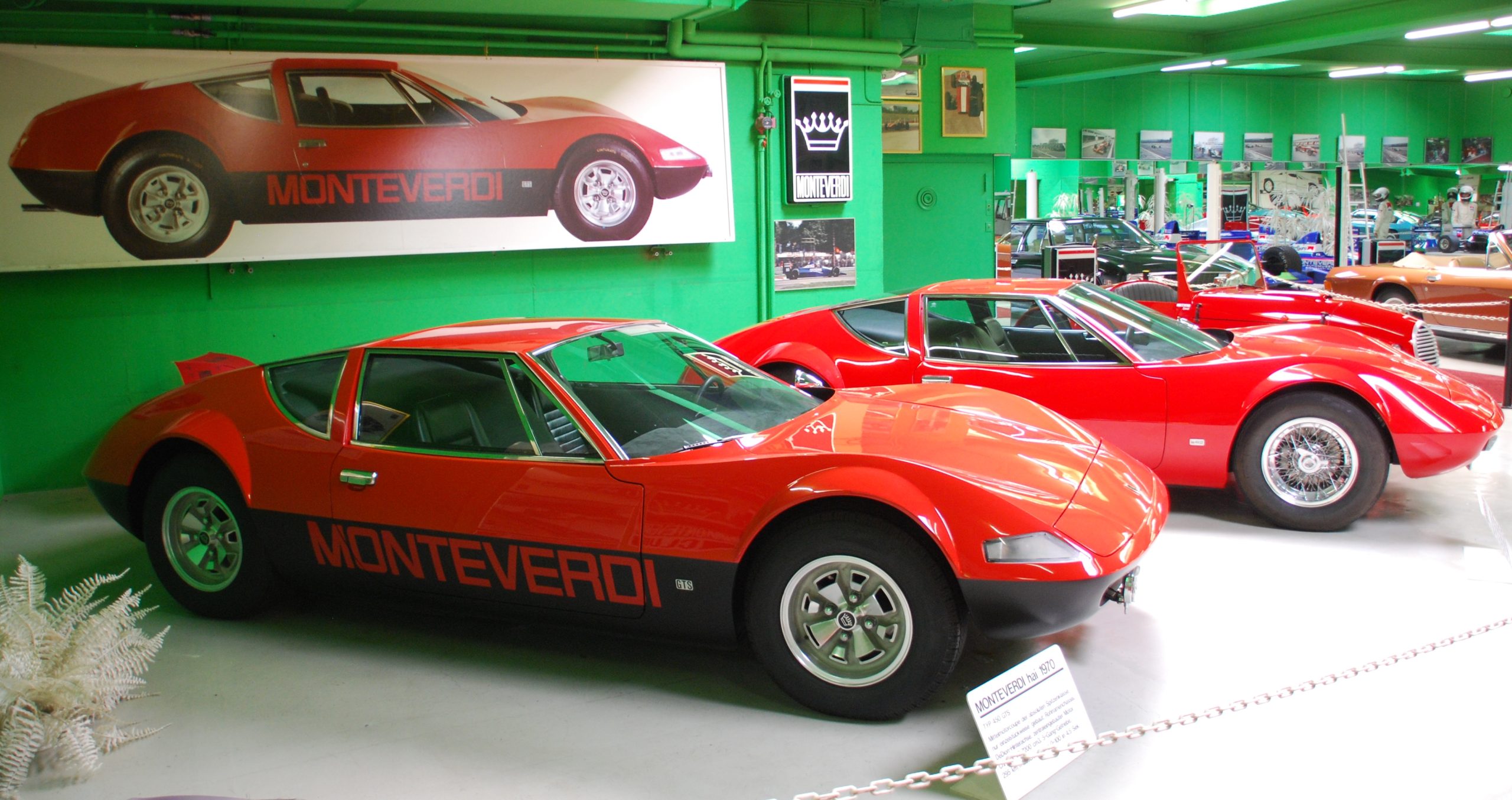Richard Tipper has been valeting cars of all shapes and sizes since 1989, and can spend up to a week detailing every inch of a car. He has gone through more cleaning accessories and products than you’ll find on the shelves of an automotive superstore. These are Tipper’s Tips for the Hagerty community.
Most of us take pride in our cars, which is why when we’re washing them it’s always annoying to find that despite a decent application of snow foam, a blast with a pressure washer and some labour-intensive washing using a mitt (never a sponge!) little blemishes remain on paintwork. You know the sort of stuff; tar, sap, maybe bird droppings and microscopic contaminants.

If you have you ever spent hours cleaning and polishing your car for its paint surface to still feel rough under the cloth, or to the touch with the back of your fingers, then you need help – and that help comes in the form of a little block of clay.
Clay bars are cheap, effective and surprisingly easy to use. And for those who want to take their car’s presentation and protection to the next level, they can work wonders. Here’s what you need to know.
Bonded-on contaminants explained
These sensations you feel when running your fingers over freshly washed paintwork are caused by what’s known as bonded-on contaminants. All manner of things can find themselves embedded in your paintwork; tar, tree sap, overspray, carbon, brake dust, bird droppings… the list goes on. But I’ll clarify a couple before we discover what can be done to remove them.
Overspray is the fallout of paint or clear-coat to areas of a car that haven’t been sufficiently covered up when it has been receiving (or even just near a car receiving) a paint repair.
You’ll no doubt have seen cars in a body repair centre covered in masking tape and sheets to protect the parts of it that don’t require any repairs. If these areas aren’t thoroughly covered when the car gets sprayed in the paint booth, then those areas will receive overspray. If not removed by the body repair centre before you collect your car then that surface area will remain rough until it’s removed. It’s also quite common following an on-site smart repair as the technician is often forced to work in a less clinical environment than a body shop.
Tar spots and brake dust are often bonded to the lower sides of a car, and these are the blemishes that will have you cursing when you wash the car, as they often won’t shift with shampoo and water. Tiny hot iron embers come off your brake discs and pads and attach to the paint. Similarly, tar and rubber gets flung off your tyres and it too can become embedded in the paint.
What is a clay bar?
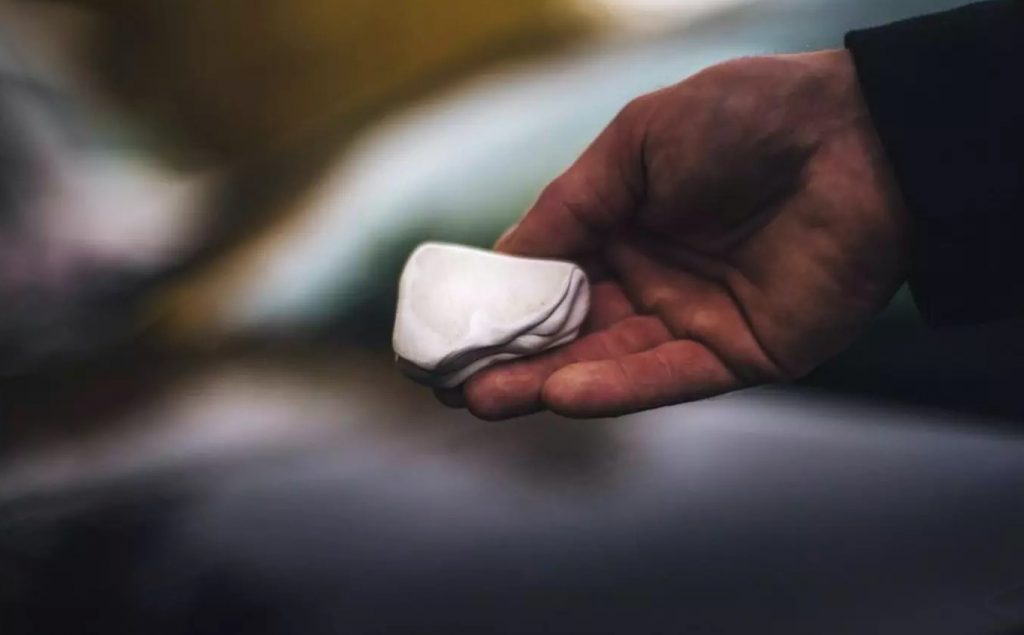
Years ago removing these contaminants required either solvents or coarse polishing products. One of the few “revelations” in the car cleaning, valeting and detailing industry recently though has been the clay bar.
It’s a putty-like material that looks a little like blue tack, and can vary in size and coarseness. It has the property of being delicately abrasive when rubbed along the paint surface. Bonded-on contaminants appear to be absorbed into the surface of the clay.
A lubricant is used to help the clay slide along the surface of the paint. Friction is required for it to be effective, but without some sort of lubricant the clay would just try and stick to the surface. It must be folded over onto itself regularly too, to minimise the risk of marring or scratching. Most people use enough clay to form a biscuit-sized shape [Amaretti or digestive? Ed] and hold it under the fingers against the surface. Pressure needs to be applied, but not too much. The clay should be able to slide across the surface; you’ll feel and also hear the debris on the paint. You will also feel when the surface becomes smooth.
I always start on the roof and work around the car finishing in the worst-affected areas, typically the nearside lower sills, which tend to attract the most road grime from being closest to kerbs, ditches, drains and verges.
They cost from about £10 to around £50, and how much you choose to spend is up to you. There is a difference in results, and I have used 3M and Race Glaze and Autoglym to good effect. Other reputable brands include Bilt Hamber, Pure Definition and Meguiars.
Can it be reused?
A clay bar can be reused, provided a clean surface can be achieved when it’s folded over. It’s versatile too: any smooth surface can be clayed including wheels, glass and plastic.
The purpose of claying a car is primarily to remove bonded-on contaminants, that in the worst cases can prevent the paint from looking glossy.
However, it is also a crucial stage when you intend to polish. The effectiveness of polishing will be easiest to appreciate if the surface is smooth to begin with. You’ll have to wait for that though – we’ll cover the many different kinds of polishing in the next instalment.

